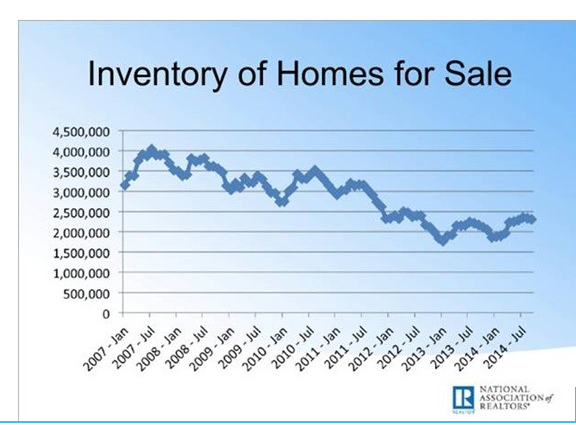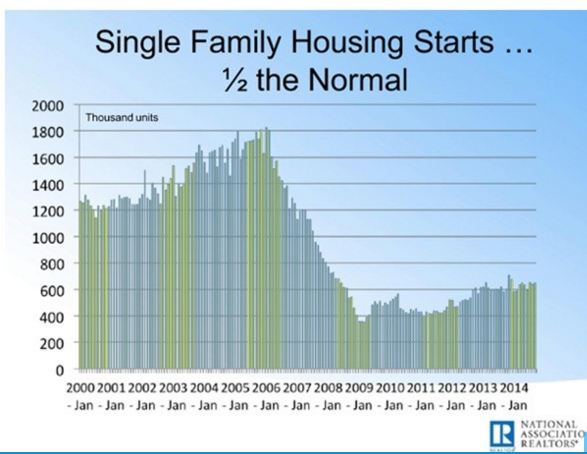Top Real Estate Trends of 2015
|As we start 2016, I thought it might be good to look back on some of the trends from 2015. Looking back can give us a glimpse of the future.
Foreign buyers: The news media says things like, “Foreigners are buying up the U.S.!!!” Well, there is no doubt that there is a great deal of money coming in from many places around the world buying U.S. properties. Most of the foreign investing in the U.S. is concentrated on commercial and luxury markets. In my opinion, this is a positive thing for the real estate market at this time and it’s not affecting the middle class home buyer. I saw this happen in the 80’s when the Japanese where purchasing up all kinds of real estate.
Cash was still being used a great deal in 2015. In California it was reported that 23 percent of buyers paid all-cash. That fact is a strong indicator that the cash buyer market is still going strong.
Credit is easing up but not back to the early 2000 “standards”. According to Laurie Goodman Ph.D., Director of Housing policy at the Urban Institute, “Credit is expanding very, very slightly from absurdly tight levels. Lenders needed clarity before they were going to be willing to underwrite more risky loans, and they have not had that clarity. The good news is that everyone is aware they need it and it is beginning to happen very slowly.” There is evidence that the default rate is half of what it was in the years heading up to the mortgage crisis. This is evidence, Goodman maintains, that lenders have less to fear by taking on more risk.
Rents hit all-time highs with no stop in sight. USC Professor Raphael Bostic states that, “Our forecast continues to report that we will see rents increase pretty aggressively and I don’t see any signs that it is going to slow.” There are two main reasons: 1) many renters can’t get loans and 2) more individuals that are of age and means to buy are choosing to rent.
Lack of Supply/Inventory: We know that six to seven months of inventory is considered “the norm”. In 2015 we saw typically only three months’ worth of inventory. We know that with limited supply, prices increase.
There are a number of things that are leading to the historically low inventory numbers. These are just a few:
- Lack of new building: Since 2008 there have been unparalleled low levels of new housing starts. Builders are building but it’s more commercial product such as apartments, not SFR’s.
- Values are not back to 2007 levels. In many parts of the country values are back to 2007 levels but there are many more that haven’t reached those levels yet. Often sellers in these areas are waiting to sell until the prices come back to the 2007 levels.
Information on these pages contains forward-looking statements that involve risks and uncertainties. Markets and instruments profiled on this page are for informational purposes only and should not in any way come across as a recommendation to buy or sell in these assets. You should do your own thorough research before making any investment decisions. FXStreet does not in any way guarantee that this information is free from mistakes, errors, or material misstatements. It also does not guarantee that this information is of a timely nature. Investing in Open Markets involves a great deal of risk, including the loss of all or a portion of your investment, as well as emotional distress. All risks, losses and costs associated with investing, including total loss of principal, are your responsibility. The views and opinions expressed in this article are those of the authors and do not necessarily reflect the official policy or position of FXStreet nor its advertisers.

